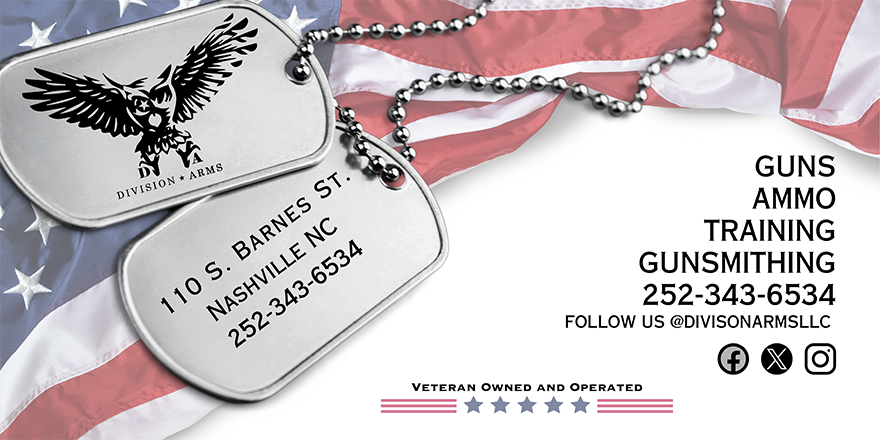I've tried to make sense of calculating theoretical dialed elevation with various optics, obviously some have been easier than others, but I have the hardest time with my Sig SSG3000 using a Schmidt & Bender PMII, largely because it's a different unit than what I have the most experience with.
The units are marked as 0.25cm for windage and elevation. Theoretically speaking, the following click value should be true, correct?
100 - 0.25cm
200 - 0.50cm
300 - 0.75cm
400 - 1.00cm
500 - 1.25cm
600 - 1.50cm
700 - 1.75cm
So when I attempt to identify my theoretical elevation my values are significantly off from what my actual verified adjustments have been.
Could someone share their equation for calculating theoretical elevation? Thanks in advance.
I have had success in the past by taking the known drop, as indicated by the manufacturer, and dividing it by the unit of measure (click value at a known distance). That usually places me within a few inches of observed impact.
The units are marked as 0.25cm for windage and elevation. Theoretically speaking, the following click value should be true, correct?
100 - 0.25cm
200 - 0.50cm
300 - 0.75cm
400 - 1.00cm
500 - 1.25cm
600 - 1.50cm
700 - 1.75cm
So when I attempt to identify my theoretical elevation my values are significantly off from what my actual verified adjustments have been.
Could someone share their equation for calculating theoretical elevation? Thanks in advance.
I have had success in the past by taking the known drop, as indicated by the manufacturer, and dividing it by the unit of measure (click value at a known distance). That usually places me within a few inches of observed impact.
Last edited:





